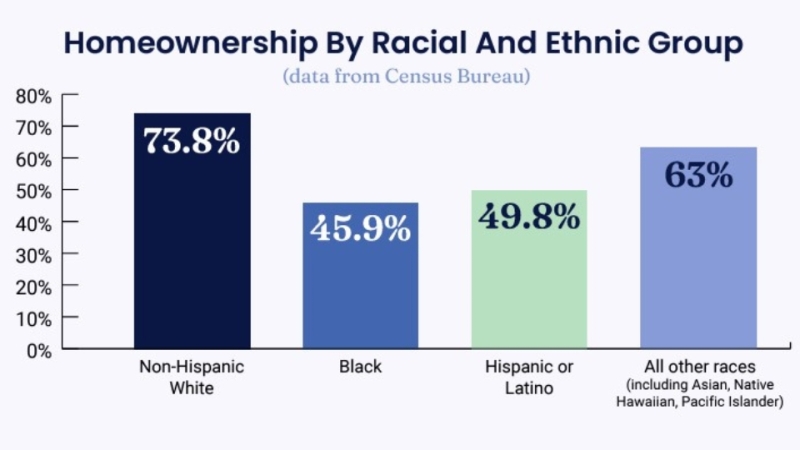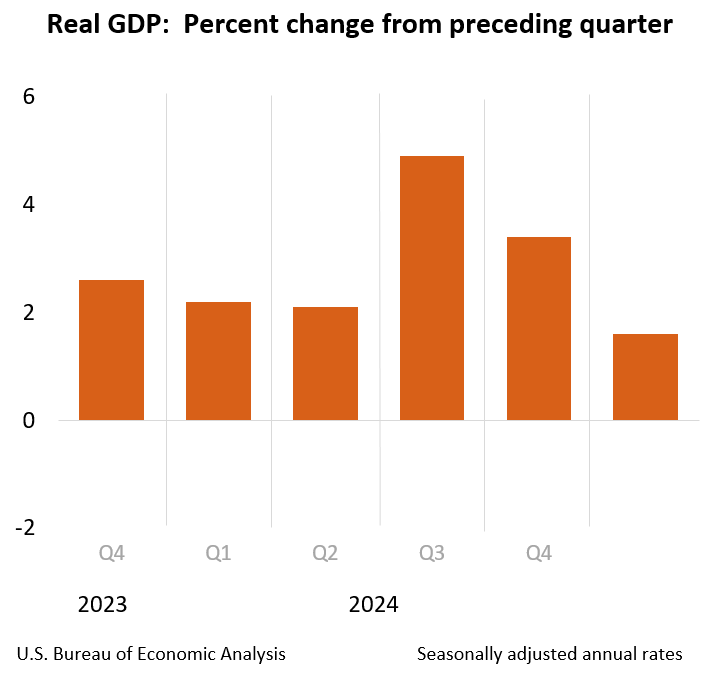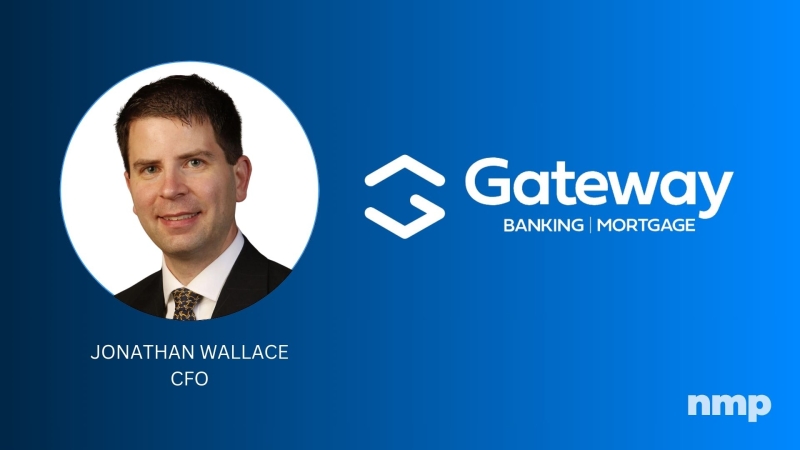Advertisement
Your Web Site FICO Score
Technology Can Simplify Non-Conforming LoansMike Enostechnology, LOS, automated underwriting
In the not-so-distant past, non-conforming loans were the dark
alleys of the mortgage business. It was best to avoid them, because
they were perceived to be complicated--and they were, thanks to
nebulous guidelines concerning loan-to-value and debt ratios,
documentation levels, and the enormous amount of time required to
collect and evaluate the data necessary to make a decision. That
all changed however, when the automation of non-conforming loans
became as easy to process as their conforming cousins. Now, as a
result of superior technological advances, the non-conforming
customer has gained considerable respect in the industry, taking a
seat next to the more traditional borrower.
Simplification Is Necessary
The prevailing logic in the mortgage industry tells us that
conforming is easy and non-conforming is difficult, and
historically, that was true. Guidelines for conforming loans are
fairly explicit and clear--either a borrower qualifies or they do
not. When occasional exceptions arise, there are guidelines for
those cases as well. However, non-conforming loans are all about
exceptions and require much more judgment on the part of the
lender; it's no wonder that non-conforming loans were never the
apple of brokers' eyes.
When automated underwriting hit the conforming marketplace, the
process became even easier, because there was simply not a great
deal of gray area. Automation merely required programming the
guidelines and the few exceptions that might occur, allowing loan
approvals to become available in seconds, and taking virtually all
of the guesswork out of conventional lending.
However, under the old rules, the rigidity of conforming
standards left a growing number of customers underserved, and a
tremendous source of revenue was being missed. Most non-conforming
lenders will tell you that their buyers fall into that category for
a number of reasons that do not necessarily include bad credit.
There had to be a way to serve those customers, without draining
the company's resources.
Difficulty with Automation
A number of companies have tried, with limited success, to
automate non-conforming lending standards, but it takes a great
deal of assessment and common sense to underwrite these loans,
since the lender must weigh a number of pros and cons, and come up
with a reasonably sound risk estimate. There are only a few
computer systems that have found a way to successfully accomplish
this by streamlining the automation process. These new systems
generally require only three screens of input for even the most
complicated deals. Now, with limited information, quality
underwriting decisions can be made on relatively complicated
product matrices.
Brokers and their clients can choose from a number of options,
free of charge, to determine which loan best suits their needs,
based on criteria such as varying LTVs. There are other products in
the marketplace that still charge for underwriting in the
conforming marketplace, so this is long-awaited and welcome news
for the non-conforming broker.
Brokers Asked for Simplicity
These new product designs came in response to broker clients who
found the structuring of non-conforming loans to be complicated and
time consuming. Now, loan origination truly is as simple as
one-two-three--pull the credit, make the application and close the
loan.
Since the debut of non-conforming loan automation, brokers have
utilized it to underwrite billions of dollars in loans. This
tremendous increase in volume has resulted in a more focused
knowledge of brokers' needs. Lenders are finding that, in addition
to speed and simplicity, brokers want continuous access to
information about their loans. To that end, more broker-friendly
functionality is being built into systems, creating a desirable
one-stop shop for brokers, who welcome the opportunity to track
their loan status, from application to closing. They can also
access message centers, view trade line updates, obtain closing
documents and pay for their credit reports online.
The ability to close more loans more efficiently will benefit
both lenders and consumers. Those additional revenues will open the
door for lower costs to book loans and result in an even more
competitive rate structure.
Time will only tell if the non-conforming market will ever equal
traditional lending's market share. Change is certainly on the
horizon, but old ideas die hard, and the industry will be slow to
change. Fortunately, thanks to advances in technology, the
non-conforming market no longer seems like such a daunting arena,
and all it will take is time and trial.
Mike Enos is vice president of marketing for NovaStar. He
may be reached by phone at (913) 514-3597.
About the author





